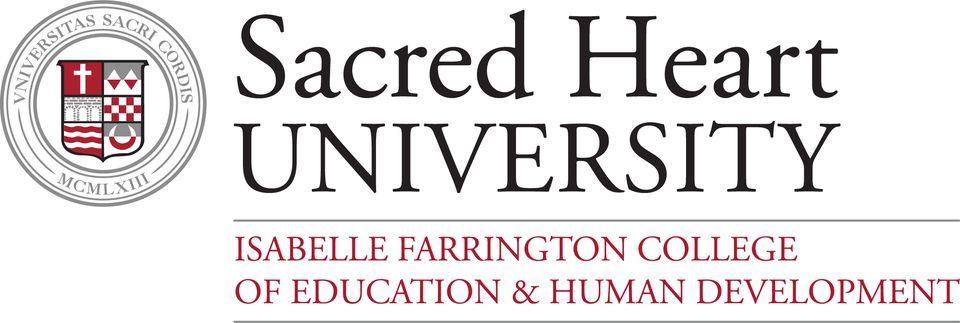Electronic Messaging and Student Achievement in Second-Year Science Classes
Document Type
Article
Publication Date
2002
Abstract
In 1997, The Atlantic Monthly, a popular North American magazine, published an article about the Clinton administration's pledge to bring a computer to every student's desk in the U.S. The article stated in 1922, Thomas Edison predicted that the motion picture is destined to revolutionize our educational system and ...in a few years it will supplant largely, if not entirely, the use of textbooks. Twenty three years later, in 1945, William Levenson, the director of Cleveland public schools' radio station claimed that the time may come when a portable radio receiver will be as common in the classroom as is the blackboard. Forty years after that the noted educational psychologist B.F. Skinner, referring to the first days of his "teaching machines" in the late 1950's and the early 1960's, wrote, "I was soon saying that, with the help of teaching machines and programmed instruction, students could learn twice as much in the same time and with the same effort as in a standard classroom." (Oppenheimer, 1997, p. 45)
While the motion picture, the radio and the Skinner teaching machine have yet to revolutionize the classroom, computers, or at least the guided use of technology to assist instruction have had a far greater impact on the classroom than any previous technology. This impact is probably greatest in the use of electronic messaging (i.e., electronic mail, asynchronous discussion forums and instant text messaging).
Recommended Citation
Barbour, Michael, Collins, Michael. "Electronic Messaging and Student Achievement in Second-Year Science Classes." The Morning Watch 30.1-2 (2002).



Comments
Published: Barbour, Michael, Collins, Michael. "Electronic Messaging and Student Achievement in Second-Year Science Classes." The Morning Watch 30.1-2 (2002).
At the time of publication, Michael K. Barbour was affiliated with Memorial University of Newfoundland. He is now a College of Education professor at Sacred Heart University.